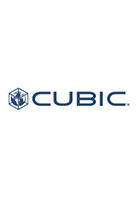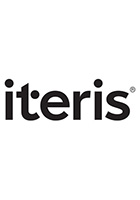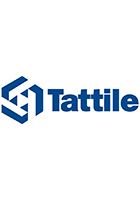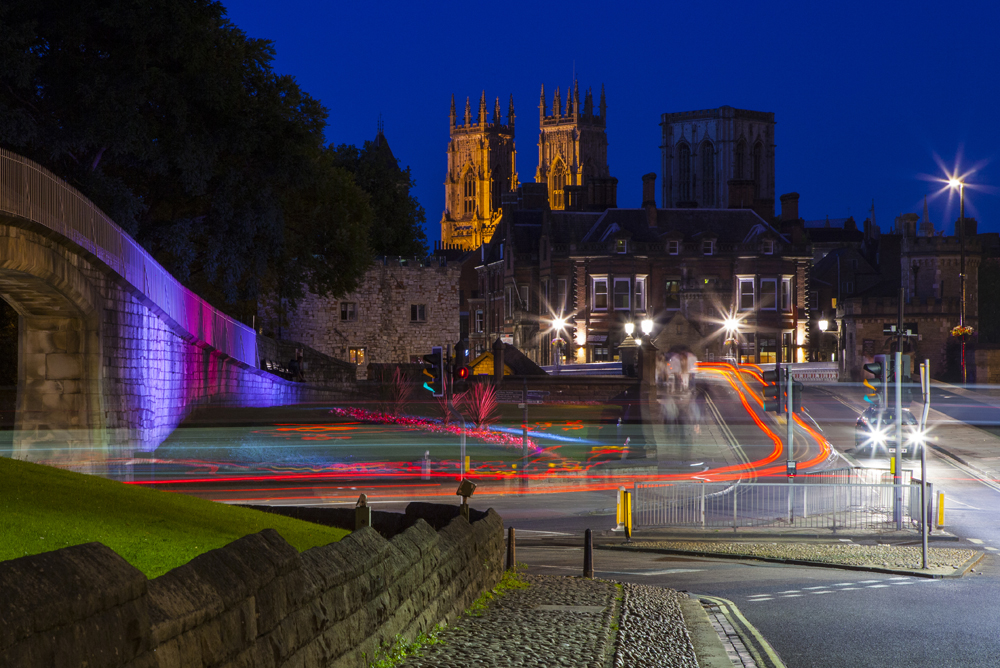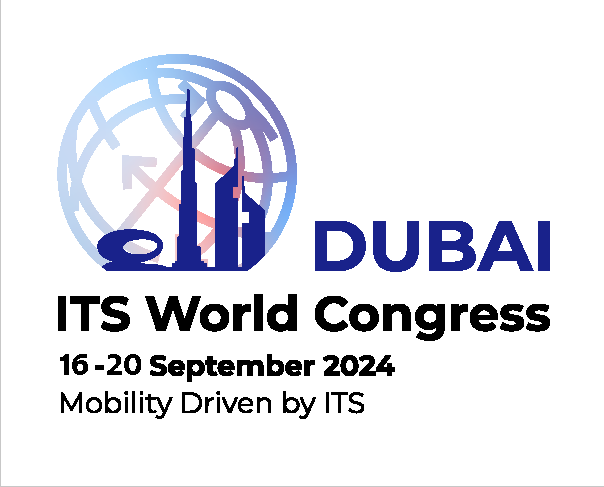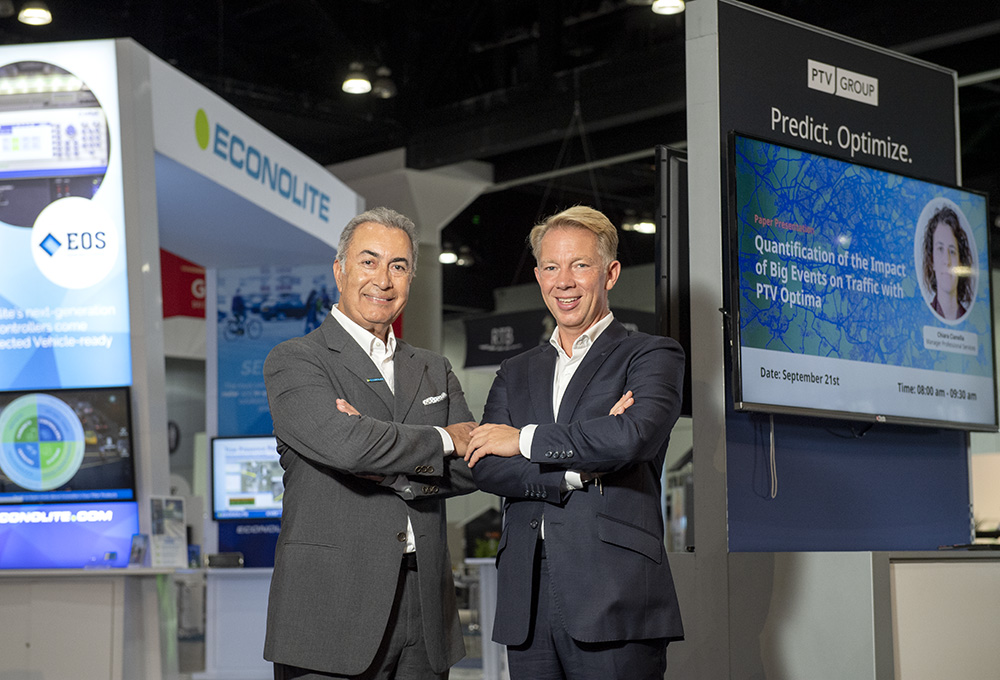
Can you explain what synergies exist in terms of geography, products, and services between your companies?
Abbas: With PTV Group being the global leader in transportation simulation software, and Econolite as the North American leader in one-stop-shop traffic management solutions, we offer synergies at multiple levels.
Together, we will immediately target nearly 130 countries with our products and services, with the ability to cross sell products and develop new offerings. For example, our Centracs Mobility+ platform, which combines all the capabilities of Econolite’s cloud-based Centracs Mobility real-time traffic management software with the predictive capabilities of PTV’s Optima.
Christian: By bringing PTV and Econolite together, we empower our customers to achieve efficient and sustainable mobility, supply chains. I’m sure most of your readers are already familiar with mobility planning tools such as PTV Visum, Vissim and Vistro. But in the last 10 years, PTV has also developed simulation software for monitoring and predicting traffic, namely PTV Optima and Balance. In short, this synergy creates a unique offering for cities that want robust and future-proof solutions for their mobility management. There will be fewer costs and fewer risks – and great customer support whenever needed.
What are the 2 or 3 biggest changes you expect to see in traffic management in the next 5 years?
Abbas: We are living in an amazing era in transportation. Just 10 years ago, we did not have the current computing power, data management, or communications technologies to incorporate predictive analytics in traffic management. The advancements in technologies across right now are changing transportation strategies and the way we approach traffic management. We are in the early stages of how cloud-based and edge computing can process the significant amount of data and application of AI required to provide traffic engineering more intelligent and powerful actionable information.
Over the next five years, we will see this new actionable information accelerate the adoption pace of new strategies, including connected and automated vehicles (C/AVs). In addition, these new strategies will enable traffic management to really focus on the traveller. We will see new levels of efficiency in multimodal transportation that will deliver on enhancing equity, environmental sustainability and the integration of the Smart City.
Christian: There is no winner in the ‘race for space’ on our streets. Road capacity continues to hit the limit and the only real chance for change lies in the use of multimodal travel networks, and optimised multiple industries that are coalescing disruptive technology.
Electric and autonomous cars will have far-reaching consequences for all road users. Already now, advanced driver-assistance systems make a difference in vehicle and road safety. The more intelligent a vehicle is, the more ITS can help reduce accidents, injuries, and deaths. And until most vehicles are connected or autonomous, traffic management must learn to safely manage mixed traffic to support sustainability and other goals.
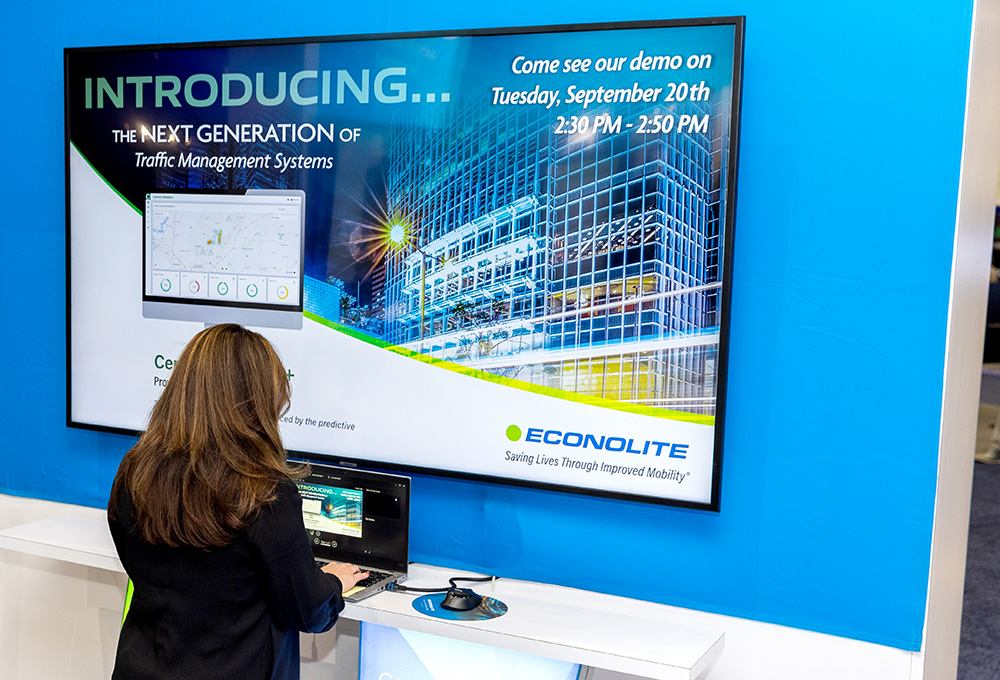
Traffic management will need to learn to handle increasing amounts of data, with one thing in mind: providing individual routing for each vehicle. With huge amounts of data, it’s a big challenge for both software and hardware. And AVs will make this challenge even bigger, because each of them requires a route to destination. ITS systems should be ready to provide such data. Once the penetration of AVs increases, we’ll achieve the dream of every traffic manager: the network optimum.
What lasting change do you think the Covid-19 pandemic will bring to the way we all work?
Christian: I believe that hybrid working, and flexible working hours, are here to stay. I would like to mention two results of this shift: cloud solutions and collaboration.
Services located in the cloud are not news to the IT or private sector, but it got a boost in the public sector due to the pandemic and remote working. Now cities and municipalities also benefit from the advantages: cloud-based solutions allow organisations to scale and adapt quickly, they provide flexibility and require minimal maintenance. Also, collaboration is king.
Working remotely means teams mostly meet and collaborate virtually, which is great since it means travel costs and environmental impacts such as air pollution are going down. If the customer is ready for cloud- based services and needs great tools to collaborate, we must provide them with that.
Here in Los Angeles, several big topics are going to be on the agenda: one of these is equity, something that perhaps was not talked about much 5 years ago. What do you understand by the concept of equity in transportation?
Abbas: Equity is inclusion from the viewpoint that anyone, regardless of age, race, gender, health, physical challenges or socioeconomic vulnerability, has the same access to - and can participate fully in - a transportation system that is affordable and sustainable. As transportation professionals, it is our responsibility to plan, design, implement and maintain systems that provide mobility to all travellers, not for just one group or sector. Therefore, we must behave, employ and campaign for inclusivity. It must be an integral part of what we do culturally. Only then can we really deliver mobility solutions that are affordable and accessible to everyone.
Christian: Mobility is a fundamental right, not a luxury. Our vision is to empower mobility and logistics for a more equitable, cleaner, smarter and safer future. We strongly believe that all people - no matter their backgrounds or disadvantages - should equally be able to participate in social life and be a productive part of it.
For us as a software company, that means to understand that different people have different needs, and that our software tools need to reflect the colourful society that we are.
Big Data is another facet of our business that is increasingly important for all companies. How do you see that reflected in your work – and what are the main challenges to overcome?
Christian: Industries and the public sector are responsible for gold mines of data – with traffic data representing only a small part of it. We regard the processing of those amounts as one of the biggest challenges our industry faces: what kind of data can be used for what specific purposes, what quality should there be? Especially important: how can you fuse different data sources, to get the most out of it? We already use technologies like machine learning to master those challenges. What is getting more important, too, is good data visualisation to tell compelling stories. Data- driven mobility visualisations are strong tools in the decision-making processes for future mobility and infrastructure planning.
Finally, safety and sustainability are front and centre on the political agenda – how can the ITS industry help in addressing major issues such as climate change?
Abbas: Implementing smarter traffic management solutions will contribute to the safety of travellers and reduce the number of accidents. It will also contribute to the reduction of vehicle emissions and other greenhouse gases (GHG) - it is understood that transportation is responsible for about 25% of GHG production. A better-designed, -built and -implemented intelligent traffic management system helps increase the efficiencies and safety of our roadways and also accelerates the deployment of C/AVs, which are expected to cut collisions by 80%, while reducing our reliance on internal combustion engines.



